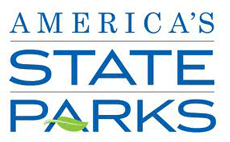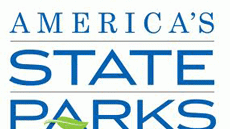Report outlines budget trends in state parks

The National Association of State Park Directors (NASPD) has a wealth of state park data, including attendance, revenue and expense figures, in the latest edition (Feb. 2012) of the “Annual Information Exchange” (AIX) report. The AIX report is produced by in cooperation with North Carolina State University’s Department of Parks, Recreation and Tourism Management.
The AIX report offers state-by-state data for a variety of other topics, including capital expenditures, parks’ share of state expenditures, user fees, revenue sources and personnel.
The report defines park and recreation areas to include parks, recreation areas, and natural areas; historic sites; environmental education areas; scientific areas; forests, fish and wildlife preserves; and other and miscellaneous areas. Both day and overnight visits in fee and non-fee areas are tabulated in the AIX report.
The AIX report contains only tabulated raw data. Analysis and interpretation is the responsibility of the individual user. Copies of the AIX can be requested from the AIX project team at 919-515-3276. Go here to visit the NASPD website. Our recent Govpro posting had some of the highlights of the report.
One way that parks officials can use the AIX report, says Phil McKnelly, NASPD’s executive director, is that data in the report can help them identify new methods of or different approaches to financing operations and capital improvements. Since the report includes state-by-state tabulations, McKnelly says parks officials can use the AIX data to compare (among states) user fee sources, the prices of visitor services and other benchmarks.
The AIX reports are designed and intended primarily for use by the state park directors and their staff for various purposes, such as identifying program, facility and personnel needs; formulating budgetary requests for state legislatures; and comparing their programs with those of the other states. More and more officials in academic institutions, various government agencies and business and industry have increasingly requested, and used the AIX reports and data.
In their “FY 2012 Outlook and Analyses,” that is a companion to the NASPD’s AIX report, authors Yu-Fai Leung and Chris Siderelis found several interesting points, including:
The authors’ one-step forecasting model projects an increase in state park spending for FY 2012. The authors say that state park spending rebounded in 2010 following a drop in 2009. Federal stimulus capital improvement projects may or may not have led to the 2010 increase in spending, say the authors.
The number of workers employed in state parks will be increasing slightly in FY 2012. Through 2008, the long-term trend in the size of state parks’ work force was stable or slight growth, followed by a decline in FY 2009. In FY 2012, parks work forces nationwide will return to their FY 2008 levels.
Revenues for state parks will decrease in 2012. The long-term trend, however, since 1988, has been a steady rise in revenues. In FY 2010, revenues dropped slightly.
Revenues and charges are becoming increasingly important as a part of state parks’ budgets. Charges for parks admissions and other revenues are covering the recent shortfalls in direct government spending on parks.




















